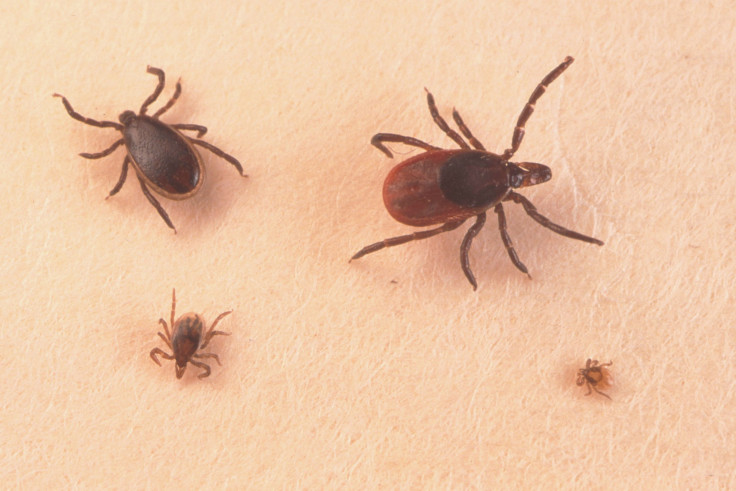Can Lyme Disease Be Cured? Tick Transmitted Illness Rates Will Be Especially High In 2017

Lyme disease is already the most common vector-borne disease in the United States, but the country could see more cases than ever this year. Scientists at the Cary Institute of Ecosystem Studies in Millbrook, New York, discovered a way to predict just how bad Lyme disease will hit the U.S.— and the projections don’t look good for the Northeast.
“We’re anticipating 2017 to be a particularly risky year,” Rick Ostfeld, an ecologist the Cary Institute, told NPR Monday.
Ostfeld and his wife were able to develop a system for predicting the disease’s rates by counting how many mice appeared the previous summer.
“An individual mouse might have 50, 60, even 100 ticks covering its face and arms,” Ostfeld told NPR. Mice infect the majority of those ticks with the disease, and last year, the Northeast saw immense numbers of mice in many areas. That means the region is in for particularly high numbers of the disease this year.
It’s unclear exactly where in the Northeast will be hit the hardest, NPR reported. In 2015, however, 95 percent of confirmed Lyme disease cases came from only 14 states including New York, Connecticut, New Jersey, Maine and other northeastern territories.
There are approximately 20,000 new cases reported every year, according to the Centers for Disease Control and Prevention. Since the disease became nationally recognized and reported in 1991, the annual number of cases has more than doubled, thanks in part to changing climates and a spike in deer populations that harbor ticks.
Lyme disease is spread through the bite of infected black legged ticks and can cause symptoms including fever, headache, fatigue and skin rash. If diagnosed early enough, Lyme disease can be fully cured with antibiotics. If the disease is left untreated, however, it can cause more severe symptoms like facial palsy, impaired memory and heart rhythm irregularities, according to the Mayo Clinic. While these symptoms can often also be treated with antibiotics, certain patients don’t respond to treatment and are left with chronic, or post-Lyme disease syndrome.
Tick season, and by association, Lyme disease season, is at its peak from April through September. To prevent contracting the disease, experts urged wearing long sleeves and long pants and limiting any other exposed skin.

© Copyright IBTimes 2024. All rights reserved.












